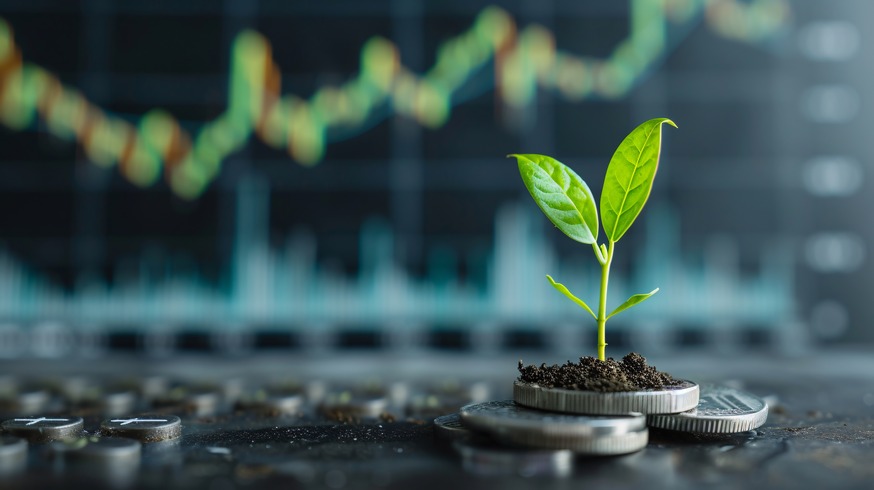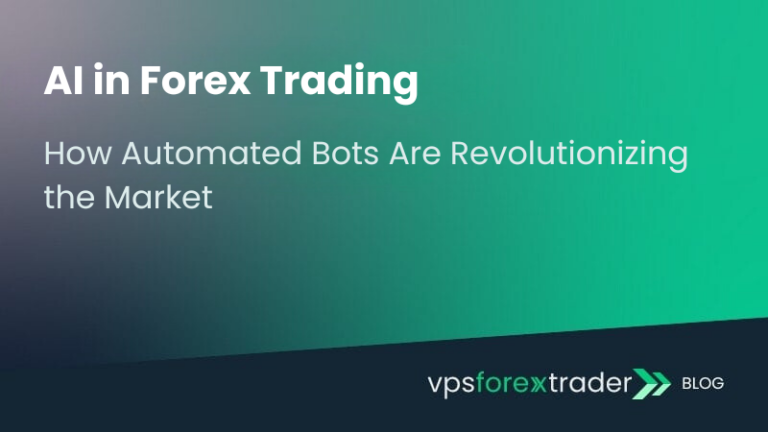Monetary policy is an important weapon in a central bank’s arsenal. Using this set of tools and strategies, the governments of various countries (through the central bank) control the amount of money in circulation to manage inflation and stimulate economic prosperity.
But Monetary policy isn’t an exact science. For almost all decisions a central bank makes, there’ll always be people on opposite sides. Hawkish and Dovish are two common opposite stances you’re likely to encounter as you try to give monetary policy meaning. In this article, we’ll discuss the meaning of these different policy positions and how they impact a country’s economy.

Hawkish Meaning in Economics
Before we compare the differences between hawkish and dovish, let’s start with the definition of hawkish. In ornithology, hawks have the reputation of being aggressive and vigilant. Based on this description, we get an idea of what hawkish mean in economics.
A hawkish approach to monetary policy follows the same principle in managing inflation. Like a hawk, this monetary policy stance keeps a sharp eye on inflation and is always keen on keeping it under control.
Hawks believe in hiking interest rates as a way of controlling inflation. This strategy is meant to discourage borrowing and spending, with the goal of reducing the amount of money in circulation as a critical strategy for controlling inflation.
Dovish: Definition and Impact on Monetary Policy
Doves are the opposite of hawks in terms of their character and aggressiveness. So what does this tell us about dovish meaning and its impact on monetary policy? The Dovish monetary policy stance is less aggressive towards inflation. If anything, doves believe inflation isn’t necessarily bad for the economy.
As a result, they favor milder monetary policies such as lower interest rates to stimulate borrowing, encourage spending, create jobs and boost the economy. Now that you’re familiar with hawkish and dovish definitions let’s dive deeper into their core differences.

Hawkish vs. Dovish: Key Differences Explained
The main difference between hawkish and dovish policy stance is in how they view inflation. The hawkish policy makers think inflation is bad and should be eradicated swiftly by hiking interest rates on loans and mortgages as soon as the economy begins to show signs of possible inflation. This will make borrowing more costly, effectively tightening the money supply.
The policymakers who take a dovish stance in the hawkish vs dovish argument tend to be more tolerant of inflation. That’s because their focus is on boosting the economy and they will risk inflation if their policies could potentially lead to economic growth and reduced unemployment.
Consequently, a dovish stance in a dovish vs hawkish argument will favor lowering interest rates to encourage borrowing and spending as a potential stimulus for economic growth. The Lower rates will make borrowing cheaper for businesses and stimulate business investment.
How Hawkish Policies Affect Inflation and Growth
As explained above, the hawkish monetary policy focuses on inflation control rather than economic growth. Hawkish policymakers argue that economic growth will be worth less if inflation is allowed to run wild and erode the currency’s purchasing power. As a result, controlling inflation in the short term is of higher priority to them. By increasing interest, these policies limit credit, which can have deflationary effects that may result in future benefits for the economy.
While a hawkish stance tends to yield results in reducing inflation, it directly stifles economic growth. Reducing the amount of money in circulation will slow down economic activity such as consumer spending, investment and business spending in the short term.

The Role of Dovish Policies in Economic Expansion
Based on our definition of what does dovish means, we can see that policy policymakers are cultivators of the economy. The dovish monetary policy focuses on economic expansion by encouraging more economic activity even if it comes at the cost of a higher inflation rate. This is particularly important for periods when the economy needs to be boosted directly such as during a recession.
Understanding the Central Bank’s Stance: Hawkish or Dovish?
For central banks, picking a side between the hawkish vs dovish argument isn’t really straightforward. The central bank may assume a hawkish monetary stance or the opposite based on a comprehensive assessment of the economic situation at the time.
It is a balancing act that involves considering not just the inflation rates, but also employment and overall condition of the economy. Central banks may also begin with an economic stance, then switch over time as the situation evolves. Generally, monetary policies vary for different countries and that’s because central banks have specific objectives for their respective economies which will influence their position.
FAQs
What does hawkish mean in monetary policy?
A hawkish stance in monetary policy takes an aggressive stance towards managing inflation. This approach focuses on reducing inflation by increasing interest rates and reducing the amount of money in circulation regardless of its immediate impact on the economy.
What is dovish in economics?
The dovish approach to monetary policy management favors easy-money strategies that promote economic growth regardless. This strategy often involves lowering interest rates to stimulate spending and borrowing.
What is the difference between hawkish and dovish?
The primary difference between hawkish vs dovish is their stance on inflation and interest rate management. Hawkish favors increasing interest rates to lower inflation while a dovish approach lowers it to stimulate the economy.
How do hawkish policies impact inflation?
Hawkish policies have a deflationary effect on inflation, by reducing borrowing, the amount of money in circulation becomes lower, reducing inflation in the short term.
What does a dovish approach indicate about interest rates?
A dovish approach lowers the interest rate with the goal of boosting economic activities.
What is the antonym of dovish?
The antonym of dovish is hawkish.
How do central banks use hawkish or dovish stances?
A central bank’s position in the dovish vs hawkish argument often changes to accommodate the needs of the economy at any given time. Central banks often shift between both strategies by considering their short and long-term impacts.







